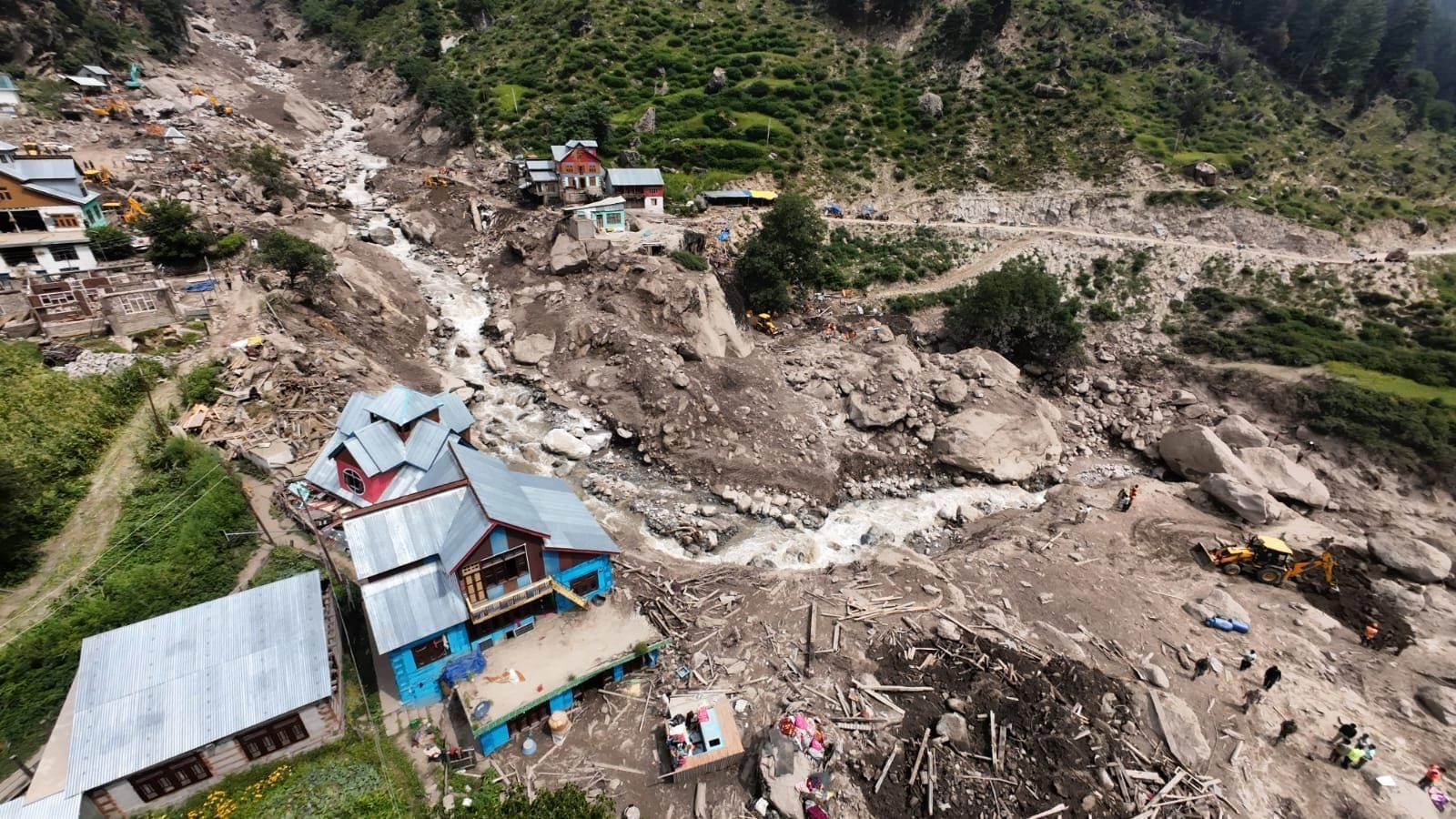In recent times, North India and Pakistan have faced devastating weather events, particularly cloudbursts, which have resulted in significant flooding and loss of life. A cloudburst is a sudden, intense rainfall event that can produce an overwhelming amount of precipitation in a short period, often leading to flash floods. The geographical and climatic conditions of North India and Pakistan make these regions particularly vulnerable to such extreme weather phenomena. The mountainous terrain, combined with the monsoon season, creates a perfect setup for cloudbursts to occur, especially in areas with steep slopes where water runoff can accumulate rapidly.
One of the primary factors contributing to the frequency and intensity of cloudbursts in this region is climate change. As global temperatures rise, the atmosphere holds more moisture, which can lead to heavier rainfall events. This phenomenon is exacerbated in North India and Pakistan, where the combination of high temperatures, changing weather patterns, and monsoonal influences has created a volatile climate. The increased likelihood of extreme weather events, such as cloudbursts, poses significant risks to local communities, infrastructure, and ecosystems.
Urbanization and deforestation in these regions further compound the problem. Rapid urban development often leads to the loss of natural drainage systems and vegetation, which play a critical role in managing rainfall and runoff. When the land is stripped of its natural cover, the likelihood of flooding increases dramatically during intense rainfall events. Moreover, poorly planned infrastructure can exacerbate the impacts of cloudbursts, making it difficult for communities to cope with the sudden influx of water. The combination of these factors creates a precarious situation, leaving many vulnerable to the devastating effects of these extreme weather events.
In response to these challenges, it is essential for governments and local authorities to implement better disaster management strategies and invest in climate resilience initiatives. This includes improving early warning systems, enhancing infrastructure to withstand extreme weather, and promoting sustainable land use practices. Additionally, raising awareness among communities about the risks of cloudbursts and the importance of preparedness can empower individuals to take proactive measures in the face of such natural disasters. By addressing the root causes of vulnerability and building resilience, North India and Pakistan can better navigate the increasing threat posed by climate change and its associated weather extremes.




